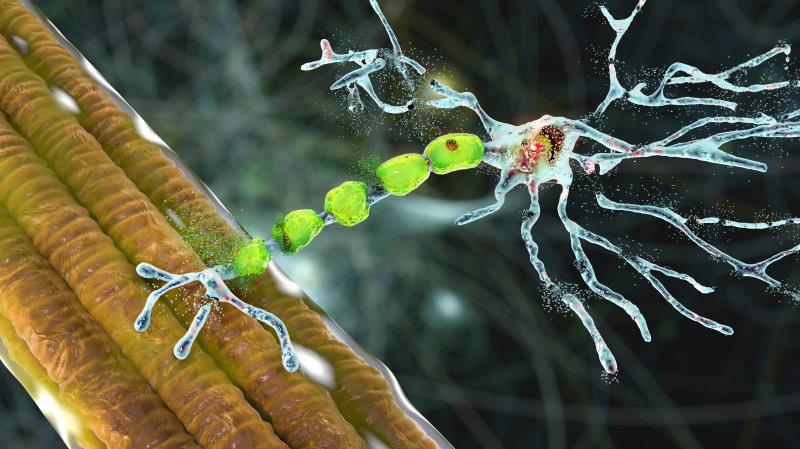Content on this page:
Content on this page:
Overview
Amyotrophic lateral sclerosis is a progressive
neurodegenerative disease with undetermined etiology that primarily involves
the motor neurons in the cerebral cortex, brainstem and spinal cord. The definition
of amyotrophic lateral sclerosis and its incidence can be found in the Introduction and Epidemiology sections.
The pathophysiology of amyotrophic lateral
sclerosis involves motor neuron degeneration and death, with glial cells
replacing the lost neurons. The Pathophysiology
section discusses further details on this. While the factors
that contribute to the development of amyotrophic lateral sclerosis are
identified and discussed in the Risk Factors
section.
History and Physical Examination
The upper motor neuron and lower motor neuron clinical hallmarks and the main presentation of amyotrophic lateral sclerosis are enumerated in the Clinical Presentation section.
Diagnosis
The patient should be referred to an experienced neurologist
for definitive diagnosis. The lack of specific biological markers and
variability in clinical presentation make definitive diagnosis difficult. The Diagnosis or Diagnostic Criteria section
enumerates the diagnostic requirements based on revised El Escorial Criteria
and revised Airlie house criteria.
Essential blood tests, electrophysiological studies and
neuroimaging studies are enumerated in the Laboratory
Tests and Ancillaries and Imaging
sections.
The Differential
Diagnosis section enumerated the diseases that should be ruled
out to diagnose amyotrophic lateral sclerosis.
Management
Disease modifying agents and drugs for symptomatic management
of patients with amyotrophic lateral sclerosis gravis are in discussed in
detail in the Pharmacological Therapy
section.
Patient and family education, palliative care
and nutritional, respiratory, and symptomatic management of patients with amyotrophic
lateral sclerosis are discussed in the Nonpharmacological
section.





